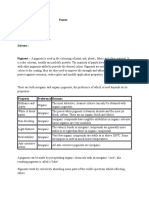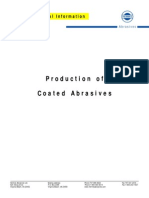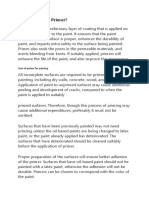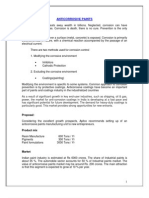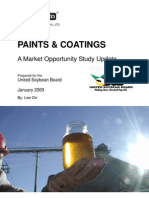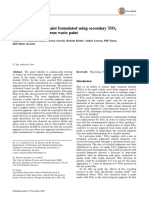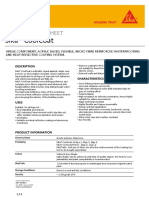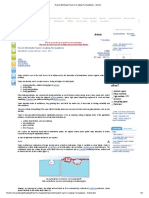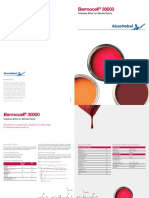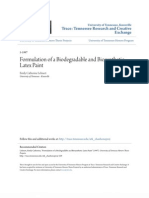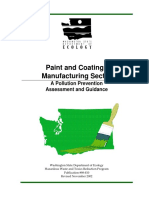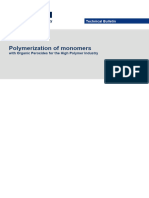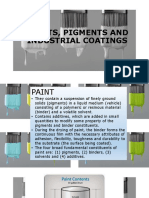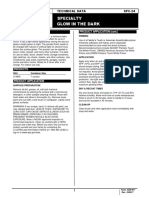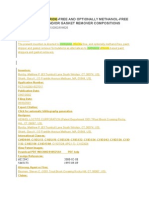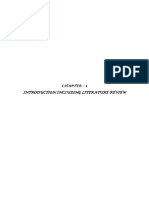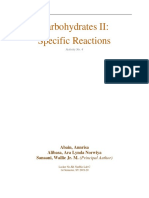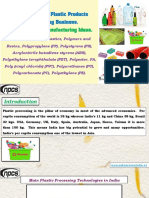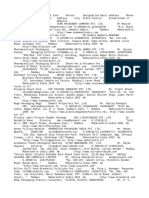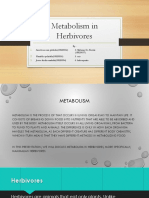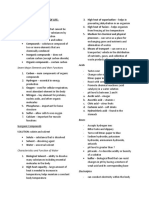0% found this document useful (0 votes)
293 views16 pagesPaint Composition and Applications
This document provides an overview of paint components and classifications. It discusses various types of paint binders like alkyd resins, polyester resins, amino resins, epoxy resins, and urethane resins. It also covers organic solvents and pigments used in paint formulations. Paints are classified as architectural, industrial, or specialty coatings based on their intended applications. The document provides details on the composition and properties of different paint ingredients.
Uploaded by
sic 20162085Copyright
© © All Rights Reserved
We take content rights seriously. If you suspect this is your content, claim it here.
Available Formats
Download as DOCX, PDF, TXT or read online on Scribd
0% found this document useful (0 votes)
293 views16 pagesPaint Composition and Applications
This document provides an overview of paint components and classifications. It discusses various types of paint binders like alkyd resins, polyester resins, amino resins, epoxy resins, and urethane resins. It also covers organic solvents and pigments used in paint formulations. Paints are classified as architectural, industrial, or specialty coatings based on their intended applications. The document provides details on the composition and properties of different paint ingredients.
Uploaded by
sic 20162085Copyright
© © All Rights Reserved
We take content rights seriously. If you suspect this is your content, claim it here.
Available Formats
Download as DOCX, PDF, TXT or read online on Scribd
/ 16



